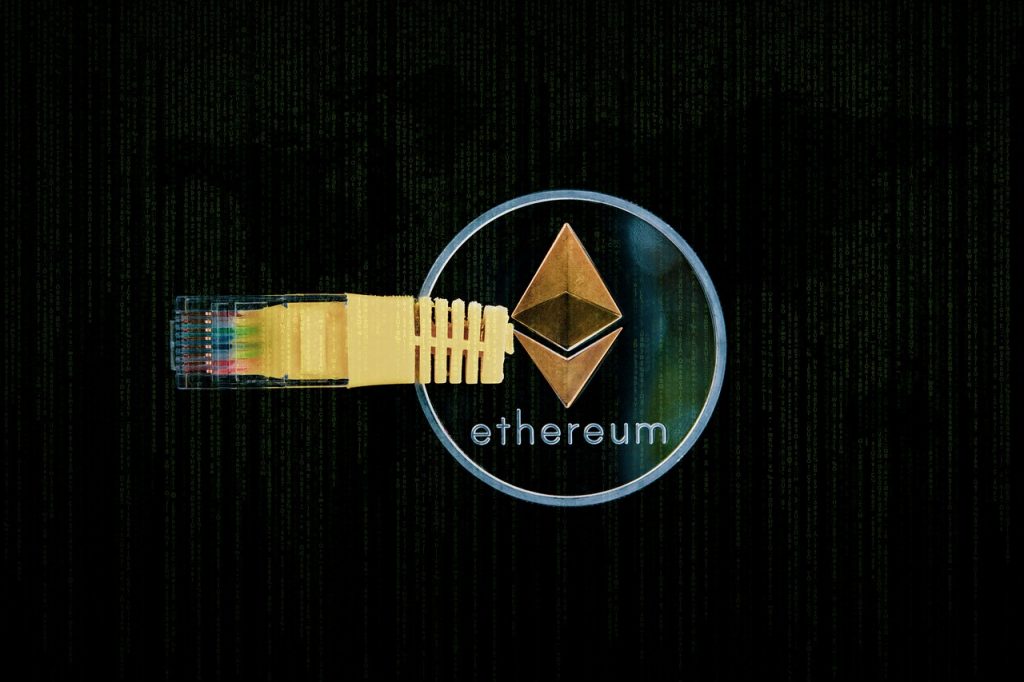One of the biggest Merge staking providers, Lido Finance, has made its debut on the layer-2 networks Optimism and Arbitrum, which it claims makes Ethereum staking more accessible while cutting gas costs.
The decision to extend to L2 networks was initially made public in July when the team admitted that some layer-2 networks had “demonstrated economic activity.” As of October 7, Arbitrum and Optimism, the most recent deployment to L2 networks, are operational. In contrast to staking Ethereum directly and having it locked, Lido enables liquid staking, which provides stakers greater flexibility as they can withdraw their money anytime.
Role of Arbitrum and Optimism
Users can conduct transactions in the Ethereum ecosystem using Arbitrum and Optimism without being afflicted by the network’s customarily high fees and sluggish performance. These so-called optimistic rollups gather together transactions that are processed on networks other than Ethereum’s clogged main chain, feed them back to Ethereum, and then add those transactions to its ledger.
About Lido’s Wrapped Staked Ether tokens
The Wrapped Staked Ether (wstETH) token from Lido is able to connect to the two networks thanks to the initial stage of its layer-2 implementation.
The Lido-wrapped version of stETH maintains a fixed balance of stETH for usage in decentralized finance (DeFi) applications that demand a constant balance mechanism. stETH is the Ethereum liquid staking token that Lido issues in proportion to Staked ETH.
Additionally, starting on launch day, Lido will reward wstETH bridged across each network with 150,000 Lido DAO (LDO) tokens per month. The project intends to increase wstETH liquidity for DeFi partners Kyber Network, Balancer, and Curve’s farming incentives.



